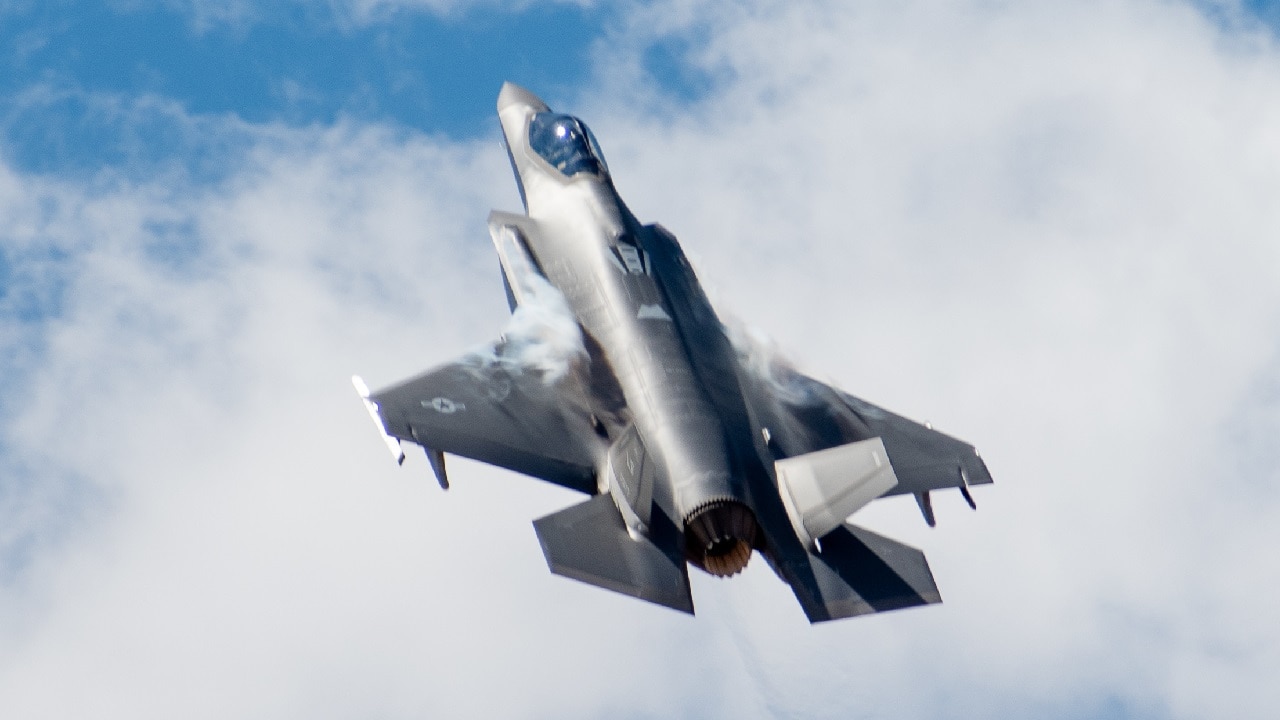For all of the controversies, growing pains, and teething issues surrounding the American-made Lockheed Martin F-35 Lightning II 5th Generation stealth fighter, that much criticized warbird seems to have relatively little trouble gaining foreign customers.
If my most recent count is correct (mea culpa, mea culpa, mea maxima culpa, math was my Achilles’ heel in school), the number of foreign nations’ militaries stood at 16.
Well, Customer #17 is not going to sit well with Vladimir Putin. Not only is this new customer a NATO ally, it’s also a former Soviet satellite state to boot.
We’re talking about Czechia AKA the Czech Republic.
What the Current Czech Air Force Brings to the Table
Before we get into the details about the pending Czech purchase of the Lightning II, it’s worth taking a look at the current composition of the Czech Air Force (Vzdušné síly). It has a current manpower strength of roughly 5,000, under the command of Major General Petr Hromek and his deputy, Brigadier General Petr Lanci. As a side note, both of these senior officers are alumni of the U.S. Air Force’s prestigious Squadron Officer School [SOS], Air University, at Maxwell AFB, Alabama.
Total aircraft tally is at 97, of which 12 are fighters and 16 are fixed-wing attack aircraft. The fighter in question is the 4th Generation Saab JAS 39 Gripen, which is made (appropriately enough) in one of NATO’s newest member states, Sweden. The attack aircraft is Czechia’s own homegrown Aero L-159 ALCA (Advanced Light Combat Aircraft), which made her maiden flight in August 1997 and entered Czech Air Force operational service in April 2000.
As a testament to the quality of the latter warbird, the L-159 has been “blooded” in combat by the Iraqi Air Force, using it along with the American-made F-16 Fighting Falcon and Russian Sukhoi Su-25 “Frogfoot” in its fighting against the Islamic State/ISIS/ISIL/Da’esh terrorist group. During my last contract assignment in Iraq, specifically Balad Airbase, I got to observe some of the ALCAs at work, albeit from a distance, and from my interactions with the Czech Air Force personnel, I was quite impressed by their professionalism.
The Basics
Now then, onto the crux of our story. Back in June 2022, my 19FortyFive colleague Peter Suciu wrote an article titled “Why F-35s Could Soon Be Headed To The Czech Republic.” Fast-forward to late June of this year, and that’s much closer to becoming a reality, as indicated in a Lee Ferran for Breaking Defense titled “State approves $5.6 billion F-35 sale to Czech Republic.” To wit:
“’The proposed sale will improve the Czech Republic’s defense capabilities as well as support NATO operations by guarding against modern threats and maintaining a constant presence in the region,’ the State Department said in a statement, though it added a claim that the new fighters ‘will not alter the basic military balance in the region.’…The 24 fighters will be the Conventional Take Off and Landing (CTOL) variety, better known as F-35As, like the kind flown primarily by the US Air Force… ‘Our decision to select this option is based on the analysis by the Czech Armed Forces, which clearly articulates that only the most advanced fifth generation fighters will be able to meet mission requirements in future battlefields,’ Czech Defence Minister Jana Černochová said at the time according to a news release.”
Naturally, that $5.6B expenditure would fetch the Czechs some additional back for the buck – both literally and figuratively – in the form of missiles, bombs, electronic warfare and radio capabilities, as well as “classified software” and software development. For good measure, the package deal also includes 25 Pratt & Whitney F135-PW-100 engines.
The Pentagon’s Defense Security Cooperation Agency (DSCA) notified Congress of the expected sale on 29 June 2023; as far as this reporter knows, no Members of Congress on either side of the political partisan aisle have raised any objections.
Longer-Term Implications?
As quoted by Washington Times reporter Mike Glenn, the State Department spokesperson hastened to add that “The Czech Republic will have no difficulty absorbing these articles and services into its armed forces. ‘The proposed sale of this equipment and support will not alter the basic military balance in the region.’”
Some folks might wonder if that latter sentence was meant to somehow assuage further paranoia on Putin’s part about NATO expansionism. In any event, Czechia’s acquisition of the F-35 will bring its airpower arsenal in line with 11 of its NATO allies, most notably Poland and Finland. I say “most notably” because those latter two countries have something very much in common with the former Czechoslovakia, that of being victimized by the jackboot of invasive Soviet tyranny. Therefore, all three countries have damn good motivation to get their aerial arsenals up-to-speed (both literally and figuratively) should Putin or any hypothetical future Russian autocrat decide to initiate WWIII.
Christian D. Orr is a former Air Force Security Forces officer, Federal law enforcement officer, and private military contractor (with assignments worked in Iraq, the United Arab Emirates, Kosovo, Japan, Germany, and the Pentagon). Chris holds a B.A. in International Relations from the University of Southern California (USC) and an M.A. in Intelligence Studies (concentration in Terrorism Studies) from American Military University (AMU). He has also been published in The Daily Torch and The Journal of Intelligence and Cyber Security. Last but not least, he is a Companion of the Order of the Naval Order of the United States (NOUS).
From 19FortyFive
A Russian Submarine Accidently ‘Destroyed Itself’
Total Massacre’: Ukraine Footage Shows Russian Cruise Missile Shipment Attacked

